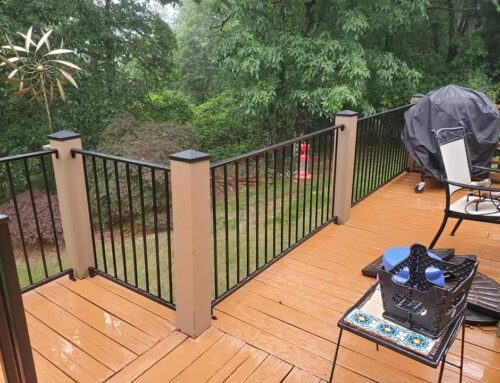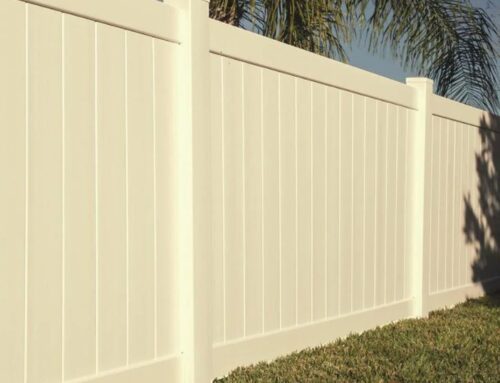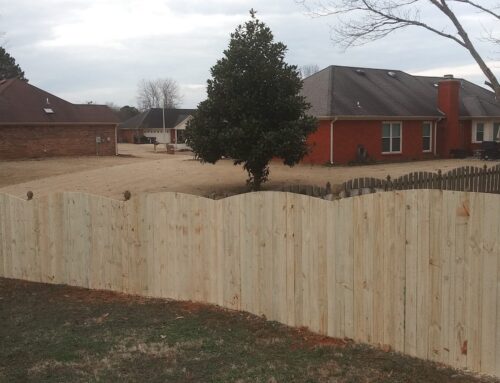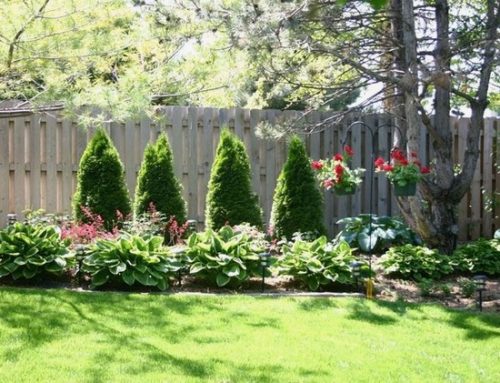What Size Wood for Fence Rails?
Choosing the right materials is essential when building a fence, and one crucial decision is What Size Wood for Fence Rails. Using the correct size ensures strength, stability, and a long-lasting fence.
The size of wood for fence rails depends on the height and purpose of your fence. Standard sizes include 1×4, 2×4, 2×6, and 2×8, with thicknesses ranging from 1 to 2 inches. Thicker wood offers greater strength, while thinner options work for lighter fences.
This article discusses common wood sizes, factors to consider, and how to select the right size for your fence rails.
Secure and beautify your home with Huntsville Residential Fencing. Our creative solutions and high standards ensure your satisfaction and lasting peace of mind.
What Size Wood for Fence Rails?
When building a fence, one of the most important things to decide is the size of the wood for the rails. The right size ensures your fence is strong, sturdy, and looks great. Let’s look at some common wood sizes used for fence rails and how to pick the best one for your fence.
Fence rails come in a variety of sizes. Choosing the right size depends on how tall and strong you want your fence to be.
Most commonly, wood for fence rails comes in lengths of 8 feet, 10 feet, or 12 feet. The thickness of the wood is also essential. Usually, the thickness ranges from 1 to 2 inches, but it can vary based on the style and material.
Here’s a breakdown of the common wood sizes you might use for fence rails:
| Wood Size | Length | Thickness | Common Use |
|---|---|---|---|
| 1×4 | 8ft, 10ft, 12ft | 1 inch | Light-duty fences, decorative fences, privacy fences |
| 2×4 | 8ft, 10ft, 12ft | 1.5–2 inches | Most common for standard fences, stronger and durable |
| 2×6 | 8ft, 10ft, 12ft | 1.5–2 inches | Heavy-duty fences, large and high fences |
| 2×8 | 8ft, 10ft, 12ft | 2 inches | Used for large, tall, or commercial fences |
Factors to Consider When Selecting the Right Size for Fence Rails
Choosing the right size for your fence rails is crucial for ensuring the fence is strong and long-lasting. Several factors play a role in this decision. Understanding these factors will help you pick the right wood size for your fence project.
1. Fence Height
The height of your fence is one of the most important factors when selecting a wood size for the rails. A taller fence needs stronger and thicker rails to support the weight and wind pressure.
For example, if you’re building a tall privacy fence, you may need 2×4 or 2×6 rails. These thicker, stronger rails can handle the extra height and provide stability. For shorter fences, like a picket fence or decorative garden fence, 1×4 or 2×4 wood may be enough.
2. Fence Purpose
Why are you building the fence? The purpose of your fence can greatly influence the wood size of the rails. For example:
- Privacy Fences: These fences are usually taller and require sturdy rails, like 2×4 or 2×6, to prevent sagging and to support the weight of the boards.
- Decorative Fences: If your fence is only meant to look good and isn’t very tall, thinner rails like 1×4 may work fine.
- Security Fences: A fence for security or protection from animals needs to be extra strong. Thicker rails, such as 2×6 or even 2×8, can ensure the fence withstands pressure and lasts longer.
3. Climate and Weather Conditions
The climate in your area can affect the type of wood you choose and the size of the rails. For example:
- Windy Areas: If you live in a place with strong winds, you need stronger rails to hold the fence together and prevent bending. In this case, thicker wood, like 2×6, may be a good choice.
- Rainy or Snowy Regions: Moisture can make wood expand or contract. In wet areas, you’ll want to choose a more durable wood like cedar or treated pine. You might also need thicker rails to help the fence resist the effects of weather.
- Hot, Dry Climates: In scorching climates, wood can shrink and warp. Using thicker wood for the rails can prevent warping over time.
4. Type of Wood
The type of wood you choose also plays a role in deciding the right size for your fence rails. Different woods have different strengths and durability:
- Pressure-Treated Wood: This wood is strong and resistant to weather, making it a good choice for fence rails. You can usually use thinner wood like 2×4, but make sure it’s treated properly to last longer.
- Cedar and Redwood: These woods are naturally resistant to weather, so you can use slightly thinner rails without worrying about them warping or rotting.
- Pine: Pine is a popular choice for fence rails, but it may need to be thicker to withstand the elements compared to hardwoods like oak or mahogany.
5. Fence Style and Design
The design of your fence can also impact the size of the wood for the rails. Some fence styles require stronger or thicker rails to support the design:
- Horizontal Fences: Horizontal fences have long boards placed side by side, which can make them heavier. Thicker rails like 2×6 are usually required to support the boards properly.
- Vertical Fences: Vertical boards are supported by shorter rails, and in most cases, 2×4 or 1×4 rails are sufficient.
- Shadowbox or Board-on-Board Fences: These types of fences need extra support to keep the boards aligned and sturdy. For these, you’ll want to use thicker rails like 2×6 to maintain strength and stability.
Best Wood Size Based on Fence Type & Conditions
| Factor | Recommended Wood Size | Notes |
|---|---|---|
| Fence Height | Short: 1×4 or 2×4 Tall: 2×4 or 2×6 |
Taller fences need stronger rails for wind & weight support. |
| Fence Purpose | Privacy: 2×4 or 2×6 Decorative: 1×4 Security: 2×6 or 2×8 |
Stronger rails reduce sagging and increase durability. |
| Climate & Weather | Windy: 2×6 Wet/Snow: 2×4 or 2×6 Hot/Dry: 2×6 |
Choose sizes that resist bending, swelling, and warping. |
| Wood Type | Treated Pine: 2×4 Cedar/Redwood: 1×4 or 2×4 Pine: 2×6 |
Harder woods allow the use of thinner rails. |
| Fence Style | Horizontal: 2×6 Vertical: 1×4 or 2×4 Shadowbox: 2×6 |
Styles with heavy or dense boards need thicker rails. |
6. Budget and Availability
The cost of wood can vary, and sometimes, the correct wood size for your fence rails may be influenced by your budget. Thicker and longer wood sizes tend to be more expensive.
If you’re on a budget, you can still build a strong fence by choosing thinner wood, like 2×4, but make sure the size is still appropriate for the height and purpose of the fence.
Also, consider what wood sizes are readily available in your area. Some sizes may be more common and cost-effective than others, which could influence your decision.
7. Durability and Longevity
A strong and durable fence will last longer and require less maintenance. If you want your fence to stand up to the test of time, you need to choose the right size and type of wood. For instance, thicker and stronger wood, such as 2×6 or 2×8, tends to last longer and resist damage from weather and wear.
If you are willing to spend a little extra for better-quality wood, it can make a big difference in how long your fence will last, saving you money on repairs in the future.
Sum Up
The correct size of the wood for the fence is vital for a sturdy and durable fence. By considering factors like height, purpose, and climate, you can confidently answer What Size Wood for Fence Rails? Selecting the right size ensures your fence will last, stay strong, and look great over time.
Looking for a reliable residential fencing Huntsville company? Huntsville Residential Fencing combines professionalism, creative designs, and unbeatable quality to deliver solutions that stand the test of time.
FAQ
How to Measure Wood for Fence Rails Accurately?
To measure wood for fence rails, use a tape measure to determine the desired length and width. Ensure the wood is straight and cut precisely for correct installation.
How Does the Wood Size Affect the Durability of Your Fence?
Larger, thicker wood provides stronger support, making the fence more durable. Thicker rails resist bending, warping, and damage, ensuring your fence lasts longer and withstands harsh weather conditions.





